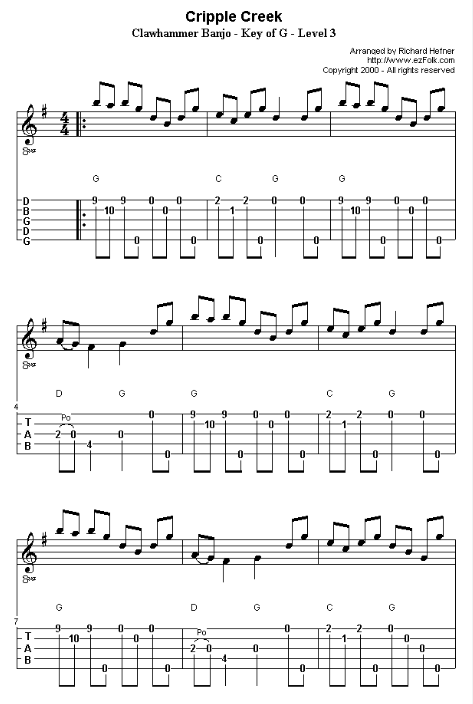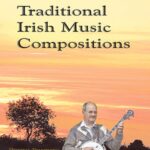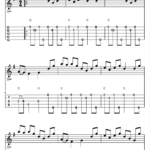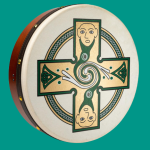
Top 5 Banjo Songs For Jazz
Banjos can often be seen featured in American folk and country styles; they can also be found in Dixieland jazz or Caribbean genres.
Although the banjo may no longer be considered a mainstream instrument in modern music, it did make its mark in popular culture at certain moments. Here are ten culturally significant instances when banjo made an impressionful impactful statement.
Foggy Mountain Breakdown
“Foggy Mountain Breakdown” is one of the most iconic banjo songs ever composed and recorded, revered by all bluegrass pickers as an essential piece in their repertoire. Recorded countless times over time, every self-respecting bluegrass player knows it by heart.
Thomas Goldsmith uses Earl Scruggs and Foggy Mountain Breakdown: The Making of an American Classic as the basis of his new book “Earl Scruggs and Foggy Mountain Breakdown: The Making of an American Classic” (University of Illinois Press/2019). With it as his starting point, Thomas explores both bluegrass history as a whole as well as Scruggs himself.
Earl Scruggs first joined Bill Monroe’s Bluegrass Boys in 1945, and almost instantly his lightning-fast picking became synonymous with what would later be known as bluegrass music. While Monroe took credit for creating its original tune, Scruggs’ version quickly gained widespread appeal across the South.
Dirty Old Town
Dirty Old Town is an excellent song to begin banjo music with and offers three-finger style picking that makes the five-string banjo easy to learn.
The key lies in its melody and rhythm sections, played at a steady tempo. Additionally, this arrangement utilizes some basic chords such as C, D and G for added impact.
Ewan MacColl wrote this song about Salford, an industrial city located in Lancashire. It became widely popularised by The Dubliners and The Pogues and became an instant folk classic.
Wagon Wheel
Are You A Country Music Fan? Darius Rucker of Hootie & the Blowfish’s rendition of Old Crow Medicine Show’s classic song, “Wagon Wheel,” achieved diamond status from RIAA and hit #1 on charts worldwide in 2013.
The song’s lyrics tell of a man hitchhiking to reach his lover in Raleigh, North Carolina. As they travel he asks his rider to rock him like a wagon wheel; an allegory for sexual encounters along the journey.
Wagon Wheel is an accessible song everyone can sing along to and a classic among college bars on weekend afternoons and sports arenas throughout the South. If you’re learning banjo tunes, Wagon Wheel would make a good starting point.
Buffalo Girls
Buffalo Girls has become a classic banjo tune covered by many jazz musicians. Its melody and chord changes evoke memories of traditional mountain banjo songs.
This song’s lyrics conjure images of an adventurous, fun-loving girl – making for an excellent example of how banjo songs can be modified to suit various musical genres.
This song first made its debut in print in 1844, written and performed by John Hodges’ minstrel character Cool White. Since then it has become widely popular, being featured in films like Texas, Dixie and It’s A Wonderful Life.
Brown Eyed Girl
Van Morrison’s classic song “Brown Eyed Girl” tells the tale of love and sexual freedom. First released as a single in June 1967, this hit became an anthem for hippy culture despite Van Morrison not belonging to this movement himself; its lyrics reference making love in green grass fields instead. However, Van Morrison wrote his song to help people express emotions related to each other as opposed to making statements of hippy support through lyrics like these; his intent was for his song not be associated with any particular political movement rather than serving as an anthem for one specific movement such as hippies vs hippies; rather he wrote his tune not as an anthem for them but rather as a way for people expressing how to express emotions as opposed to doing anything related.
This banjo song is a lot of fun to learn and features various tempos. It is an ideal piece for beginners as its structure is relatively straightforward. Take a look at the guitar tab below for its introduction, then join bassist John Martin during its instrumental portion!



